The rising talent of the Lisbon design scene tells us all about turning ideas and dreams into reality
For Juliana Cavalcanti, good design awakens the senses
-
Portrait of Juliana Cavalcanti
Courtesy of Juliana Cavalcanti
-
Chiado House © Matheus Grilo
Courtesy of Juliana Cavalcanti
-
Chiado House © Matheus Grilo
Courtesy of Juliana Cavalcanti
-
Chiado House © Matheus Grilo
Courtesy of Juliana Cavalcanti
-
Chiado House © Matheus Grilo
Courtesy of Juliana Cavalcanti
-
Casa Reia Restaurant https://www.casareia.com/ © Matheus Grillo
Courtesy of Juliana Cavalcanti
-
Casa Reia Restaurant https://www.casareia.com/ © Matheus Grillo
Courtesy of Juliana Cavalcanti
-
Casa Reia Restaurant https://www.casareia.com/ © Matheus Grillo
Courtesy of Juliana Cavalcanti
-
Casa Reia Restaurant https://www.casareia.com/ © Matheus Grillo
Courtesy of Juliana Cavalcanti
-
Casa Reia Restaurant https://www.casareia.com/ © Matheus Grillo
Courtesy of Juliana Cavalcanti
-
Fantastic Frank © Alexander Bogorodsky
Courtesy of Juliana Cavalcanti
-
Chiado House © Matheus Grilo
Courtesy of Juliana Cavalcanti
-
Chiado House © Matheus Grilo
Courtesy of Juliana Cavalcanti
Brazilian-born artist Juliana Cavalcanti is what one might call a jack of all trades. Describing herself as someone drawn to beauty from a very young age, Juliana credits her diverse experience, refined aesthetic and fascination with perfect shapes to having led her to her true passion for design. Her multidisciplinary work began in fashion, working between her native São Paulo, London and eventually Lisbon, where she currently resides.
It’s here in Lisbon that Juliana established Ju, her studio that does basically… everything. From concept development to branding and interior design, Juliana’s work brings personality to physical spaces. She believes that design and beauty might be our best weapons in escaping from the reality of today’s hectic world - and certainly ones that can alter environments, change people’s mood and encourage them to relax and enjoy life.
We sat down with Juliana to speak about all things design, and, of course, to discuss her selection of character-rich furniture for the tasteful home of today.
Hi Juliana! You’re a Brazilian designer but you’ve been based in Lisbon for over 15 years. How has the city inspired your work?
Many cities have inspired me and keep inspiring me. Lisbon in particular, being my home for such a long time, has had a big influence. Although I risk saying my style is not a typical one for here, the light of this city, its soul and history made me aim to bring these elements into my work. Lisbon’s views, the open sky, the charm of the old buildings, the patina everywhere - all these things fill my soul and make me want to create equally inspiring designs.
How have you seen your interior practice evolve over time?
It's amazing to observe how each project is just like a school. It has helped my practice evolve immensely. In the last few years, defining my identity as a designer has taken center stage. With a lot of room to change and grow, I developed a signature that served as an ‘imprint’ to each of my projects. Of course, there will always be the little technical mistakes that sometimes appear but with time you simply get to know better and improve your attention to detail. This by itself brings better results.
You say that ideas lie at the heart of a dream, and you work to make them a reality. How do you combine your vision with your client’s dream space?
I believe this is one of the biggest challenges we have: to turn our client’s dream into a reality. Of course, being allowed to create can push you forward as a creative, and sometimes you don’t have clients that are on the same page as you are. This is why now, before starting any project, I first work on the communication aspect to make sure that we can get off on the right foot and work well together. Having vision is important but being flexible and patient is equally as important.
How do you tell a story through design?
To me, telling a story is being able to find that place in the consciousness of design where identity lies. It is most clearly visible in the small details – material finishes, textures, colors. It's also strongly present in the decoration: the choice of objects, and their marriage with art pieces. And of course, a strong way to add soul to a project is through vintage design: pieces with history and a story worth telling. All these things together tell a story from start to finish. They expose the personality of the space and make you want to sit down and simply observe.
Tell us about crafting experiences for your most recent Made in Situ project. What was it like to work alongside the designer Noé Duchaufour-Lawrance?
Craftsmanship has always been one of my biggest passions. I have an immense admiration for anything that lasts a lifetime and is not subject to trends. Meeting Noé was one of the most inspiring things that happened to me. He goes deep into his beliefs and his vision, and he doesn't get scared by challenges that might come on the way. For Made in Situ, I wasn’t involved in the creative decisions but I had the amazing opportunity to follow Noé’s work from up close. When he finally opened the gallery in Lisbon, I helped him with creating experience design. The idea was to create a confounding dining experience but with Covid crossing our paths, we only managed to do a few smaller ones. Maybe not exactly as we planned but still equally as worth it.
And your work on the Fantastic Frank project is indeed fantastic. How did this sense of serenity translate from the concept into real life?
Fantastic Frank is a great project with an impeccable idea behind; to be frank, it’s something that was missing in the Real Estate business. We are all so used to seeing the same designs over and over again when looking for a new home. This makes it really hard to fire up your imagination and be convinced to buy or rent a property. What you can see with Fantastic Frank is how a simple touch of design and great photography can transform a place, elevating it to another level. Not only does this bring the value up, but it also gains a new dimension that people don’t forget easily, and that is the power of beauty.
What inspired your collection for PAMONO?
I love PAMONO. It is truly a great source for all things design and pieces with character and soul attached to them. Having so many vintage designs from all over the world in one place is already good enough, but also being able to admire and work with beautiful new creations from all sorts of new designers is truly a dream for somebody like me.
The pieces I picked for Awakening Senses resonate with my visual identity; they make me feel something either because of the designer behind them, or because of the beautiful craftsmanship that took to create them. In the end we are drawn to beauty – even though it is something that is quite subjective. However, I certainly hope that your readers can identify with the collection and manage to make it their own.
Give us your best advice for creating the right atmosphere.
Always try to understand the space and all its influences: the way the light enters from outside and flows throughout the day. Take into account the surroundings and context of the place. What are the textures that will enhance its beauty? What is the perfect combination of materials that will allow the design to flourish in harmony? All these are questions that one should ask before starting to design. Further, a wise choice of colors and understanding what each tonality will bring to people’s perception is equally as essential. Many elements have to be combined in order to create a good atmosphere. However, if I have to boil it down to one simple advice, it would have to be: follow your gut. Allow your senses to be provoked by design. And then you’ll know what is the right path.
Thank you Juliana. It was a pleasure speaking with you.
Thank you, PAMONO, see you soon!
You can now shop Juliana Cavalcanti’s collection Awakening Senses below.
More to Love
Abstract Sculpture in Terracotta, Italy, 1968
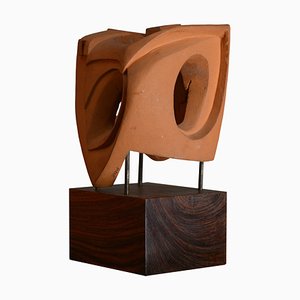
Oxblood Leather Cab Armchairs by Mario Bellini for Cassina, Set of 6
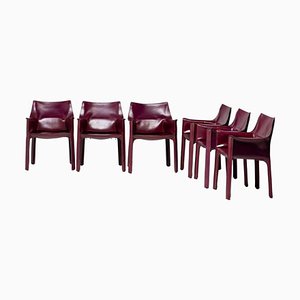
Spanish Mod. 2226 Chair by Borge Mogensen for Fredericia

Danish Floor Lamp, 1970s
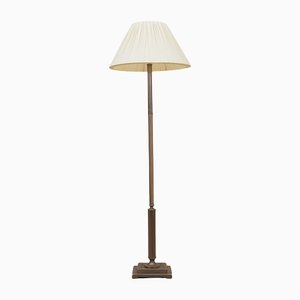
Coffee Table by Gianfranco Frattini for Cassina, Italy, 1960s
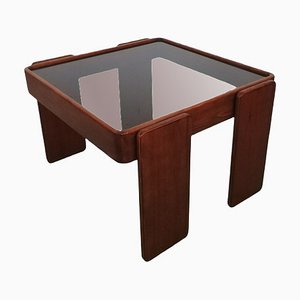
French Art Deco Twin Pedestal Desk, 1930s
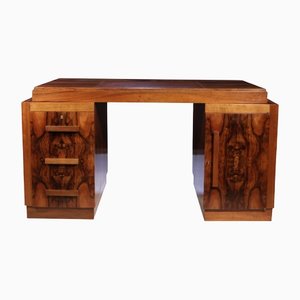
Françoise Wall Lamp BY Romeo Sozzi for Promemoria

Italian Chairs & Armchairs, 1980s, Set of 4
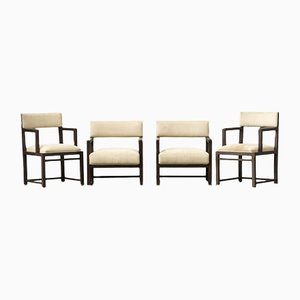
Hombre Leather Armchairs by Burkhard Vogtherr for Rosenthal, Set of 2
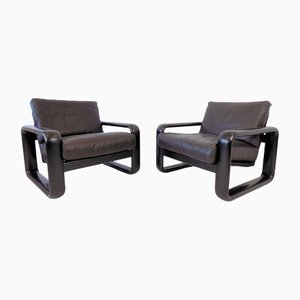
Italian Lounge Chairs in Wood, Set of 2
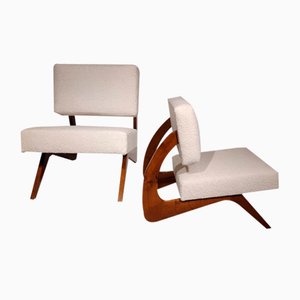
LC4 Lounge Chair by Charlotte Perriand, Le Corbusier and Pierre Jeanneret from Cassina
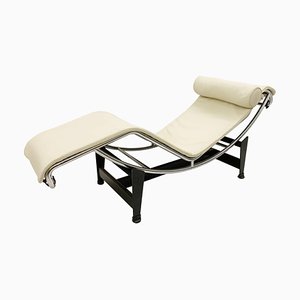
Mid-Century Yellow Glass Table Lamp, Germany, 1970s
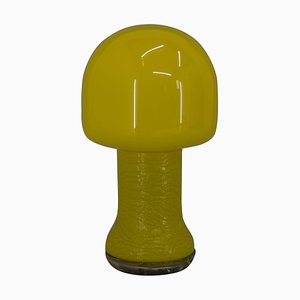
Vintage Danish Pine Dining Chair from Thuka, 1970s, Set of 6
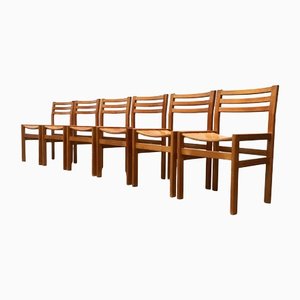
Lacquered Wood Coffee Table with Oblique Sides, France, 1970s
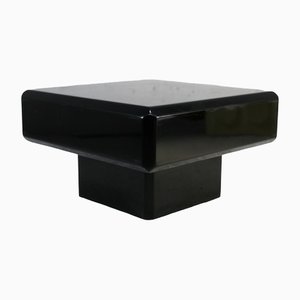
Opaline Glass & Wood Floor Lamp
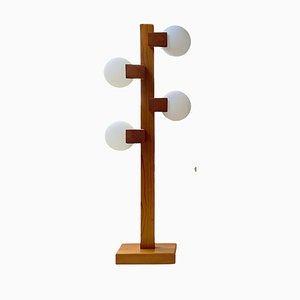
Poliform Wood & Leather Desk with Storage Units, Set of 3
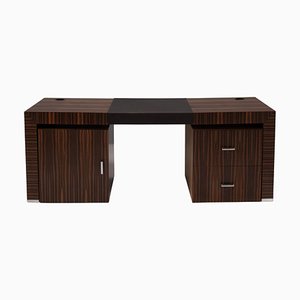
F598 Groovy Lounge Chair by Pierre Paulin for Artifort, 1970s

Vintage BR03 Daybed by Van Martin Visser for T Spectrum

Art Deco Danish Table Lamp in Patinated Disko Metal by Just Andersen from Lita, 1920s
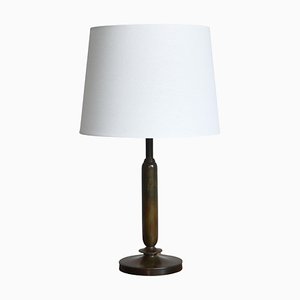
Mid-Century Chrome Murano Glass Pendant by Gaetano Sciolari
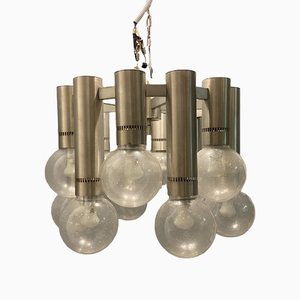
Coffee Table in Travertine by Angelo Mangiarotti
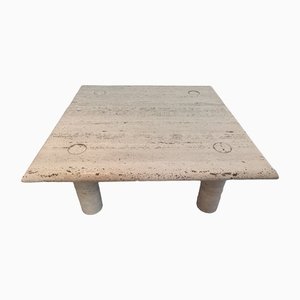
Danish Dining Chairs in Teak by Henning Sørensen, Set of 6
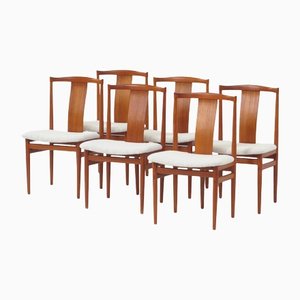
Vintage Industrial White Opaline Glass Pendant Light
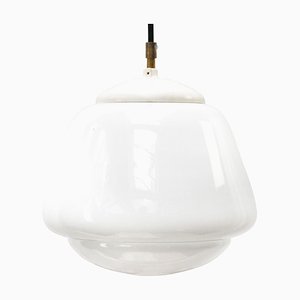
Italian Triangle Travertine Coffee Table from Up&up, 1970s, Set of 2
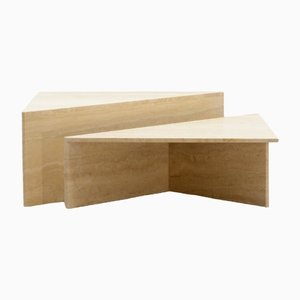
Swedish Slatted and Patchwork Daybed, 1970s
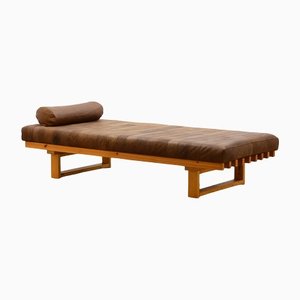
Italian Travertine Nesting Side Tables, 1970s, Set of 3
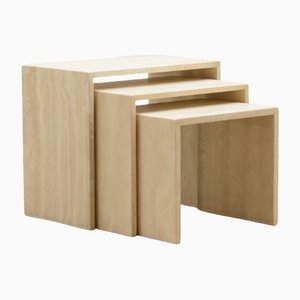
Large Coffee Table in Travertine by Angelo Mangiarotti

Shepskin & Oak Bonanza Stools by Esko Pajamies for Asko, Finland, 1960s, Set of 2
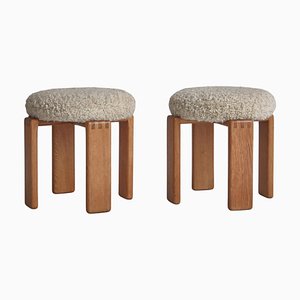
Opal Glass & Brass Wall Lamps by Hammer & Moldenhawerfor Louis Poulsen, Denmark, 1950, Set of 2
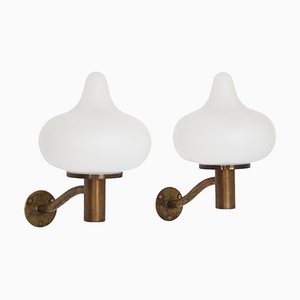
Round Travertine Side Table, 1970s
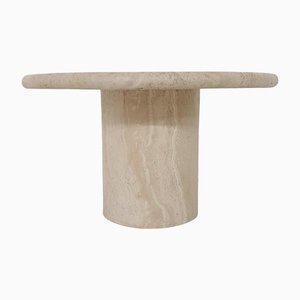
Bamboo and Rattan Dining Chairs from Dal Vera, Italy, 1960s, Set of 7
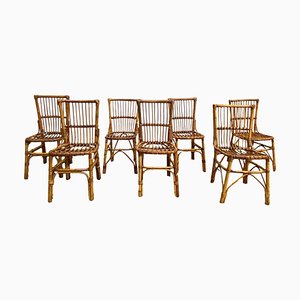
Armchairs by Jindrich Halabala, Set of 2
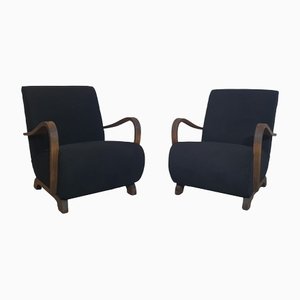
Brutalist French Ceramic Table Lamp, 1970s
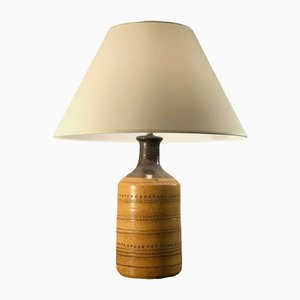
Decorative Travertine Dining Table, 1970s
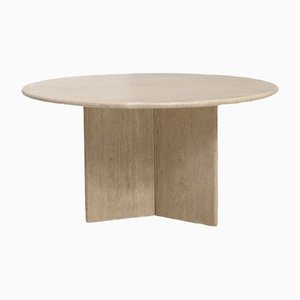
Bamboo & Wicker Bedside Tables, 1970s, Set of 2

Rattan Stool by Josef Frank for Svenskt Tenn
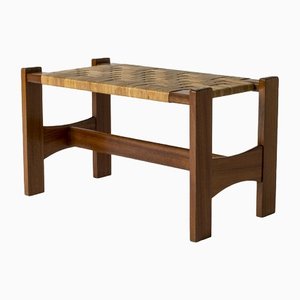
Geometric Carved Low Slung Tribal Palaver Chairs, 1960s, Set of 2

Italian White Carrara Marble Abstract Sculpture, 1985
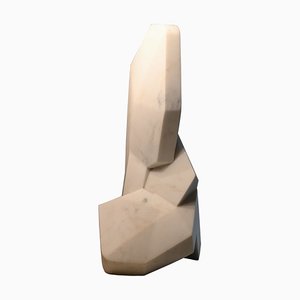
Italian Round Extendable Dining Table by Pinuccio Borgonovo for Former, 1970s
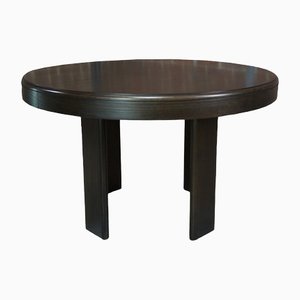
Vintage Coffee Table by Jean Prouvé for Vitra

Stained Oak and Bamboo Coffee Table by Axel Vervoordt, 1980s

Vintage Fiam Coffee Table in Glass by Angelo Cortesi
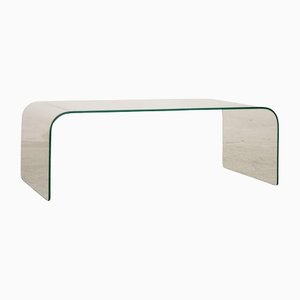
Tesselated Stone Sphere Coffee Table, 1980s
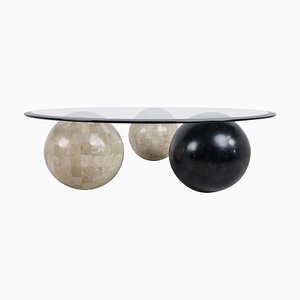
Marble Coffee Table, 1960s
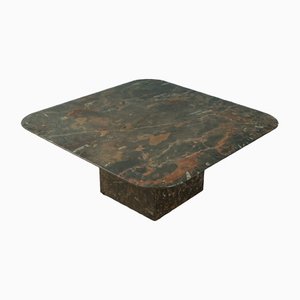
Brutalist Coffee Table
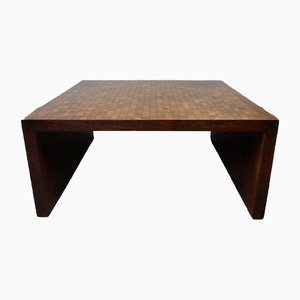
Vintage Black Marble Coffee Table by Willy Ballez for Design M, 1970s
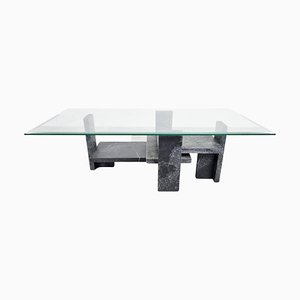
Italian Travertine Coffee Table by Angelo Mangiarotti for Up&up
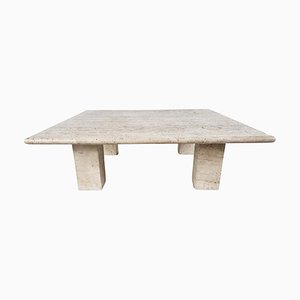
Vintage Bedside Tables in Rattan, Set of 2
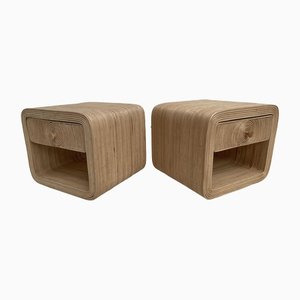
Scandinavian Modern Solid Pine Dining Chairs in the Style of Daumiller, 1970s
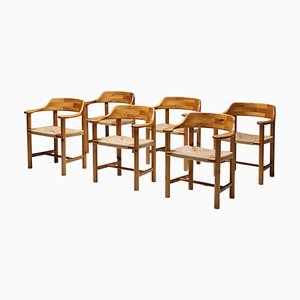
Vintage Oval Travertine Dining Table, 1970s
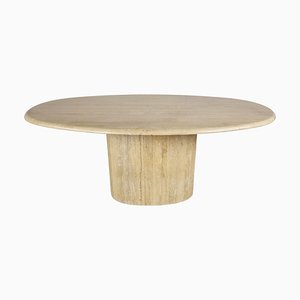
Frédérick Mazoir, Magmatisme 29, 2022, Forged Steel
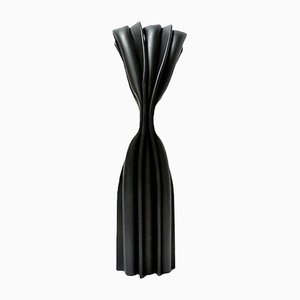
Japanese Modern Minimalist Dome L Vase Raku Ceramic White Crakle
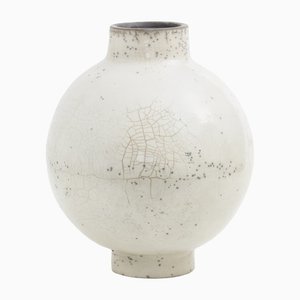
Pol Spilliaert, Sculpture, Marble
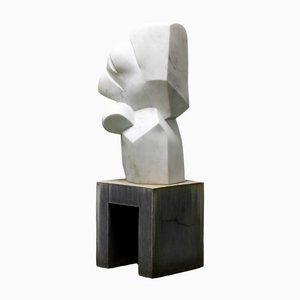
Vintage Yellow Armchairs, 1970s, Set of 2
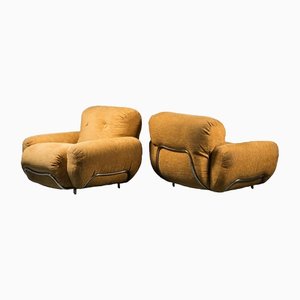
Vintage Italian Modern Dining Table & Chairs, 1960s, Set of 7
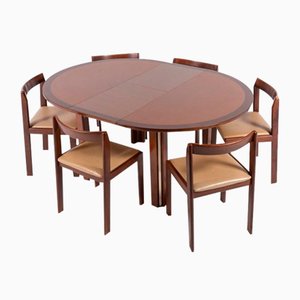
Catalog H-224 Chairs by Jindřich Halabala, Czechoslovakia, 1930s, Set of 4
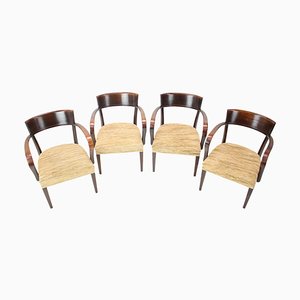
French Empire Burl Elm Banquette Sofa, 1800s
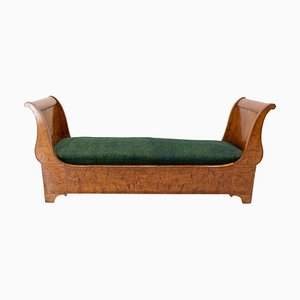
BRNO Armchairs by Ludwig Mies Van Der Rohe for Aliv, Set of 2
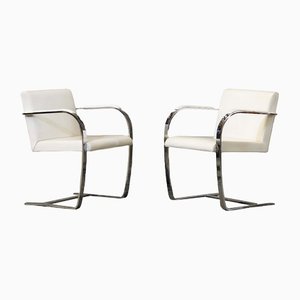
Mustard Saler Sofa 3-Seater by Santiago Sevillano for Emko, Set of 3
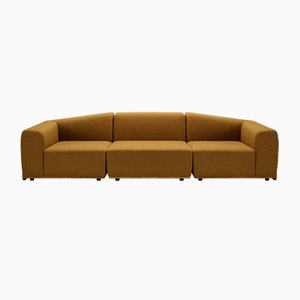
Ceramics Table Lamp by Noomi Backhausen for Søholm, Denmark, 1960s
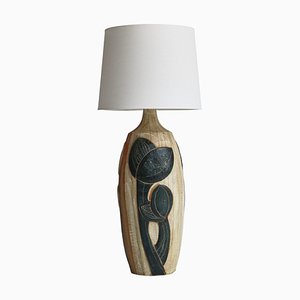
Mid-Century Cocoon Pendant Lamp, Italy, 1960s

Brass Wall Lamps, Italy, 1960s, Set of 2

Round Brutalist Wabi Sabi Coffee Table
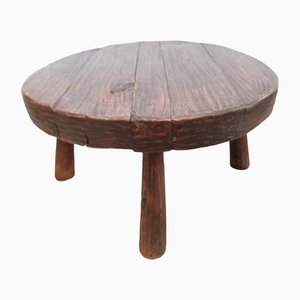
Model 223 Armchairs by Kurt Olsen for Slagelse Møbelværk, Denmark, 1950s, Set of 2

Scandinavian Modern Sculptural Table Lamp in Organic Wood, 1970s
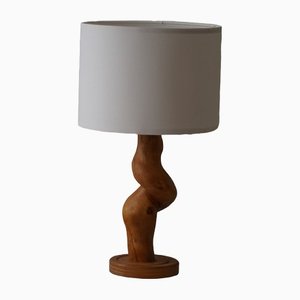
Raak Tubular Wall Lamp in Brass, 1970
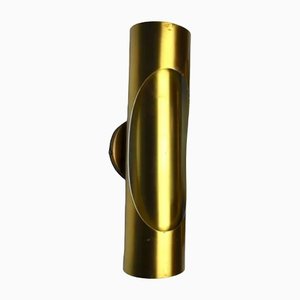
Boylestone Nesting Tables from G-Plan, Set of 3
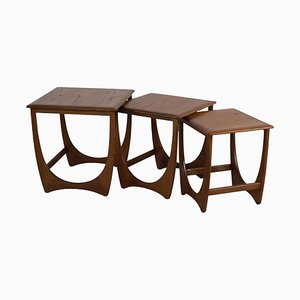
Large and Small Black Atollo Table Lamp by Vico Magistretti for Oluce, Set of 2

Space Age Armchair by Luigi Caccia Dominioni for Cor, Set of 2
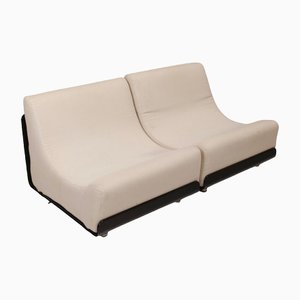
Coffee Table in Elm by Pierre Chapo, 1960s
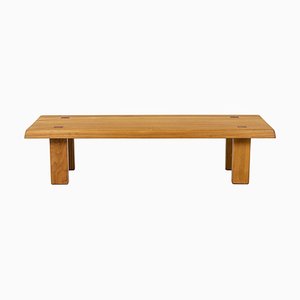
Murano Glass and Brass Torpedo Lamp by Nason for Mazzega, 1960s
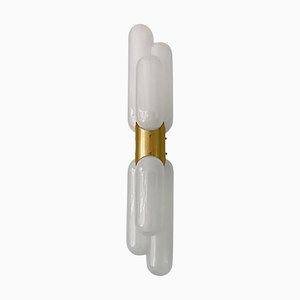
Black Marble Geometric Organic Shaped Coffee Table in Style of Massimo Vignelli
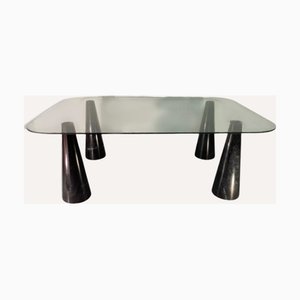
Vintage Coffee Table by Peter Løvig Nielsen
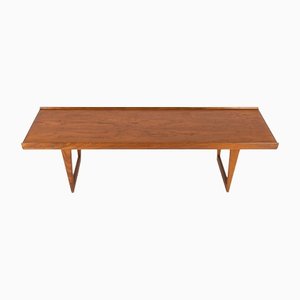














 Fantastic Frank, © Alexander Bogorodsky
Fantastic Frank, © Alexander Bogorodsky